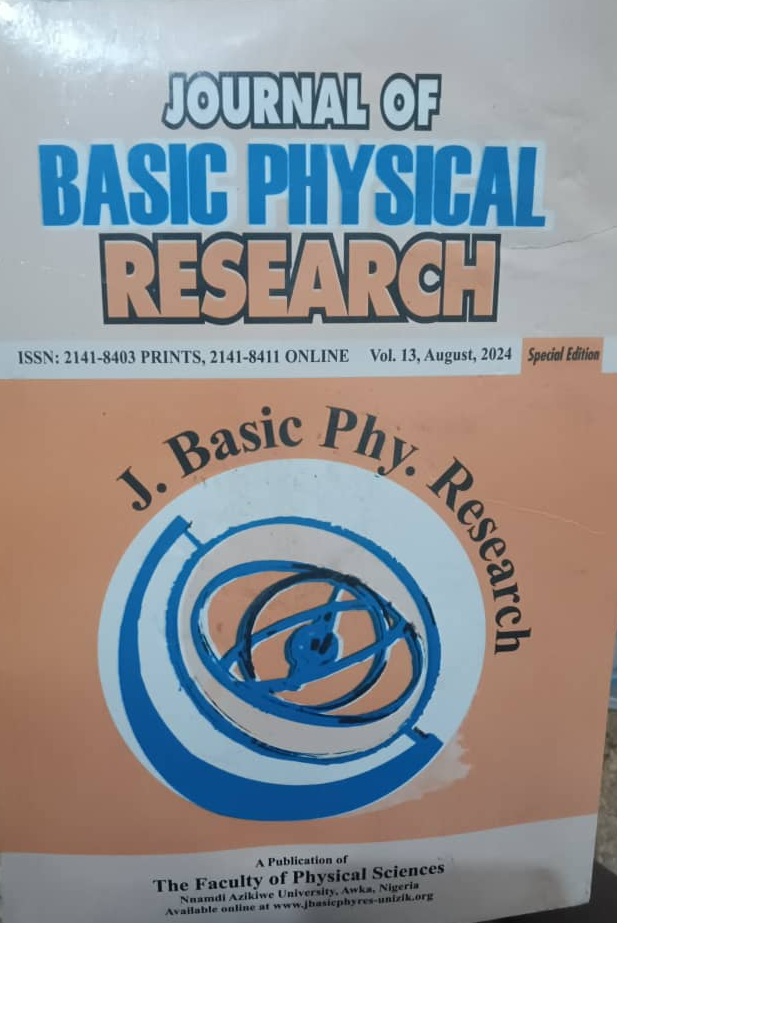CHARACTERISTICS OF CLAY DEPOSITS FROM AKPOHA AREA, SOUTHEASTERN NIGERIA: ITS SUITABILITY AS A RAW MATERIAL IN CERAMICS INDUSTRIES
Keywords:
Ceramic, Clay, Extrusion, Industry, Plasticity, QuartzAbstract
In this research, the clays widely deposited around Akpoha region, were sampled and evaluated to determine their suitability for use as raw materials in ceramic applications. The clay samples were first characterized by evaluating their physical properties identified by grain size distribution and Atterberg limits. Winkler diagram and Casagrande clay workability chart were employed for technological classification of clay products. The bulk and clay (< 2 μm) fractions of the samples were further analyzed by X-ray diffraction to identify the mineralogical compositions, whereas their chemical compositions were determined using Philips PW 1600 X-ray spectrometer. To determine their ceramic applications, technological properties such as bulk density, linear firing shrinkage, weight loss, water absorption and flexural strength were evaluated by firing the clay samples at high temperatures ranging from 800oC to 1200oC. From the results, the clays consist of fine particle with high plasticity and were composed predominately of illite, chlorite-vermiculite and kaolinite. The oxides were dominated by SiO2, Al2O3 and Fe2O3. The feldspar contents and the alkali elements revealed their potential as stating materials for earthenware production. The results of the fired properties revealed significant development of densification of ceramic behavior noticed at the firing temperature above 800oC. The results also revealed an increase in linear firing shrinkage and flexural strength. From the mineralogy, grain size distribution, plasticity and fired properties of the studied clays, they are suitable as raw material for ceramic production. They utilization can boost the nation’s economy in terms of gross domestic product and foreign exchange earnings.


